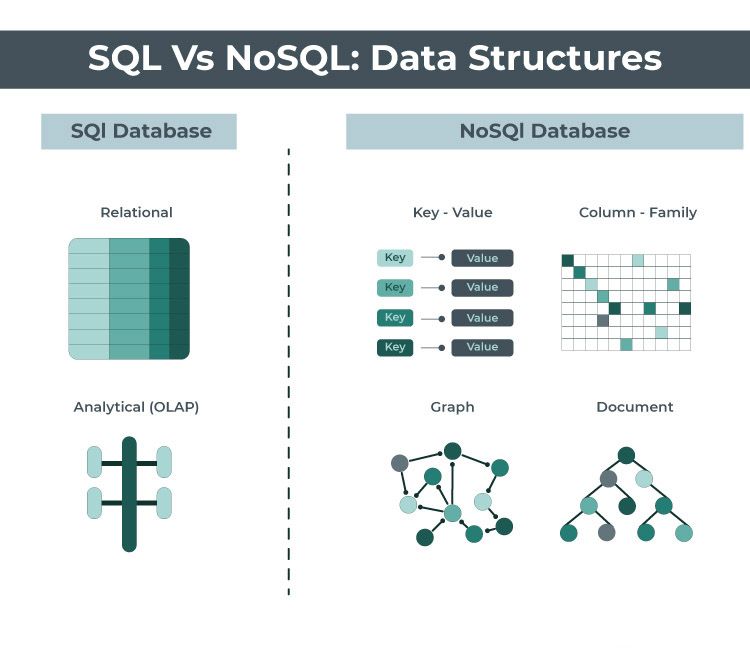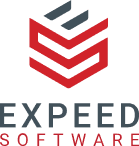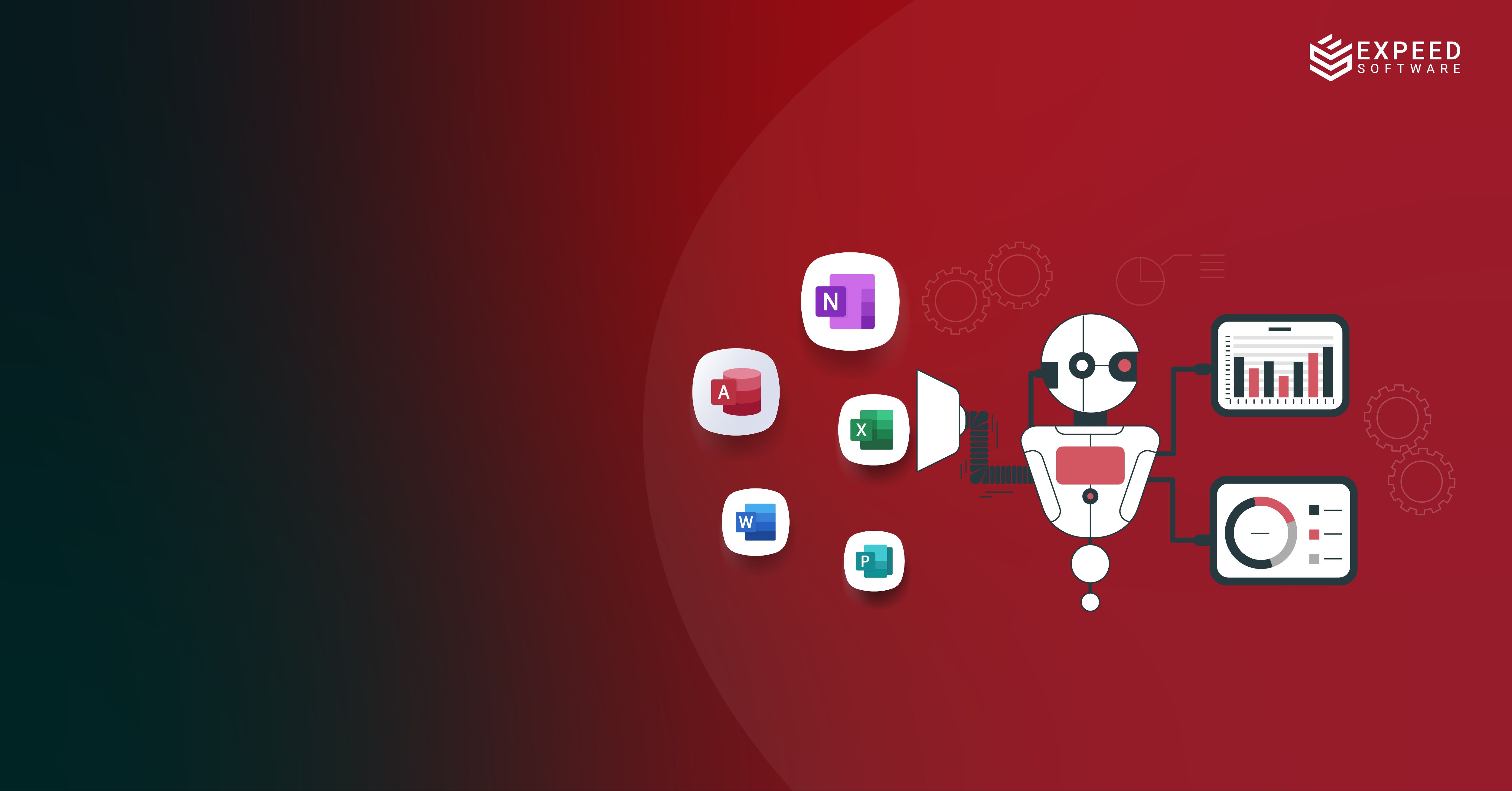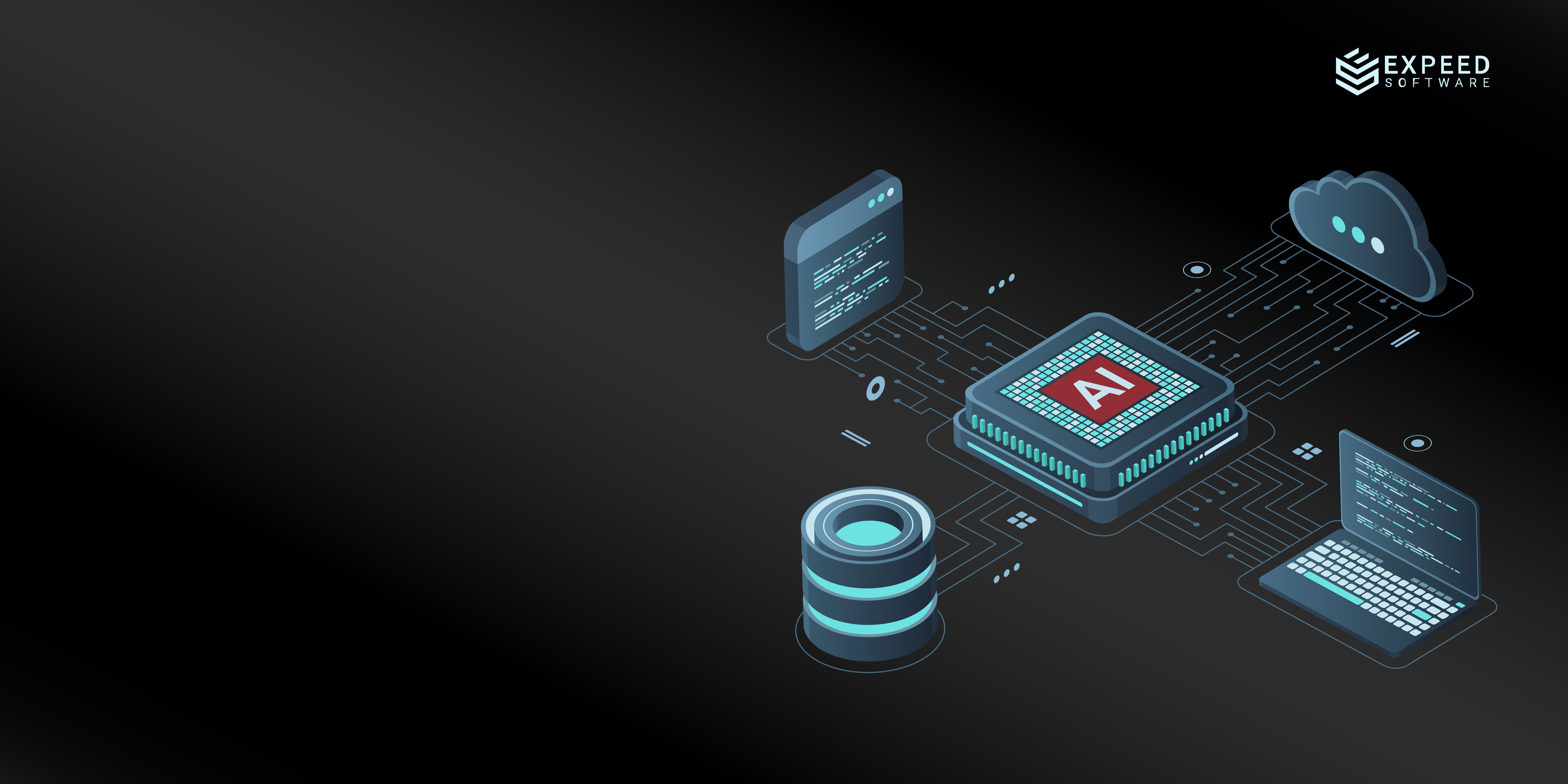Many businesses today have a critical need to modernize their data. Data modernization is the process of replacing legacy databases with modern databases. The biggest decision you have to make is whether to use a relational (SQL) or non-relational (NoSQL) data structure.
What Is SQL?
Let’s start with a quick primer on SQL. SQL, or Structured Query Language, is a database query language designed to manage data in relational databases. Relational databases are those in which data is organized into tables.
What Is NoSQL?
NoSQL, or “not only SQL,” is a class of databases designed for more flexible data management than relational databases. NoSQL databases come in many different shapes and sizes, but they all have one thing in common – they don’t use the traditional table-based structure of relational databases.
Instead, NoSQL databases can use a variety of data structures, including document-oriented, column-oriented, and key-value pairs. This flexibility makes them well suited for managing large amounts of unstructured data.

Image source: Pearsonitcertification.com
Critical Differences Between SQL and NoSQL
Let’s look at some of the key differences between these two types of databases.
- Data Structures: The biggest difference between SQL and NoSQL databases is their data structures. As we mentioned before, SQL databases use a table-based structure, while NoSQL databases can use various data structures. This difference is crucial because it affects how data is stored and accessed. In a relational database, data is typically stored in rows and columns. This can make it difficult to store complex data types, such as sensor data, social media posts, documents, article content or images. On the other hand, NoSQL databases are designed to work with more flexible data structures. This makes them well suited for storing and working with complex data types.
- Query Languages: Another key difference between SQL and NoSQL databases is their query languages. SQL is a declarative language, which means that you specify what you want to retrieve from the database, and the database figures out how to retrieve it. In contrast, NoSQL databases use a variety of query languages, including SQL, MapReduce, and Apache Hive.
- Indexing: Indexing is a way of optimizing the performance of a database by creating an index that you can use to retrieve data quickly. Both SQL and NoSQL databases support indexing, but they achieve this differently. In a relational database (SQL), indexes are typically created on columns. In a NoSQL database, you can create indexes on any data type, including documents and keys.
- Transactions: A transaction is a unit of work that is either completed successfully or not. Both SQL and NoSQL databases support transactions, but they use different methods. In a relational database (SQL), transactions are typically managed by the database. In a NoSQL database, transactions generally are handled by the application.
- Scalability: Scalability is the ability of a system to handle the increased load without performance degradation. In a relational database (SQL), scalability is vertical, for example, adding more servers. However, scalability is typically achieved horizontally in a NoSQL database, for example, by adding more nodes to the system.
Conclusion: Choosing Your Structure
If you have a structured dataset, then SQL is the best option. In addition, if you need ACID compliance or need to support transactions, then SQL is the best option. However, if you have a large amount of unstructured data, need more flexibility in your data structures, or advanced data analytics, then NoSQL is the better choice.
If you’re still not sure of the best option for your needs, or if you need help implementing or integrating your database solution, Expeed is able to assist you. Just contact Expeed Software today.

Expeed Software is a global software company specializing in application development, data analytics, digital transformation services, and user experience solutions. As an organization, we have worked with some of the largest companies in the world, helping them build custom software products, automate processes, drive digital transformation, and become more data-driven enterprises. Our focus is on delivering products and solutions that enhance efficiency, reduce costs, and offer scalability.


